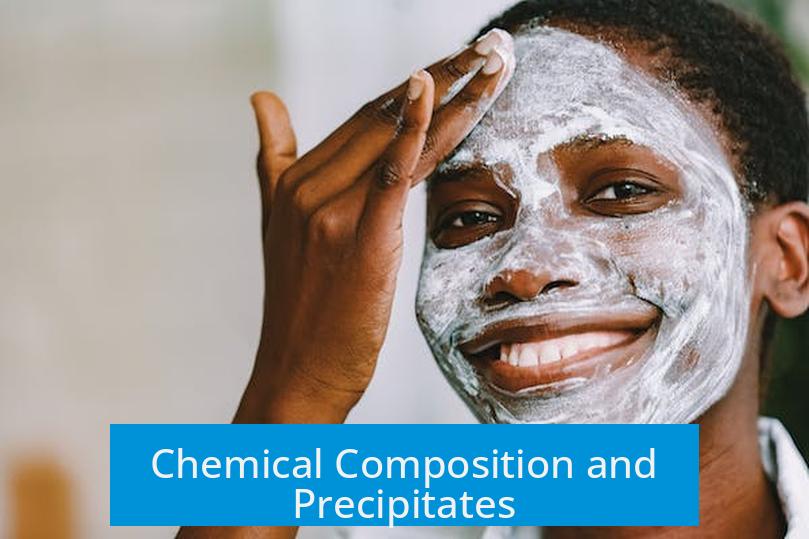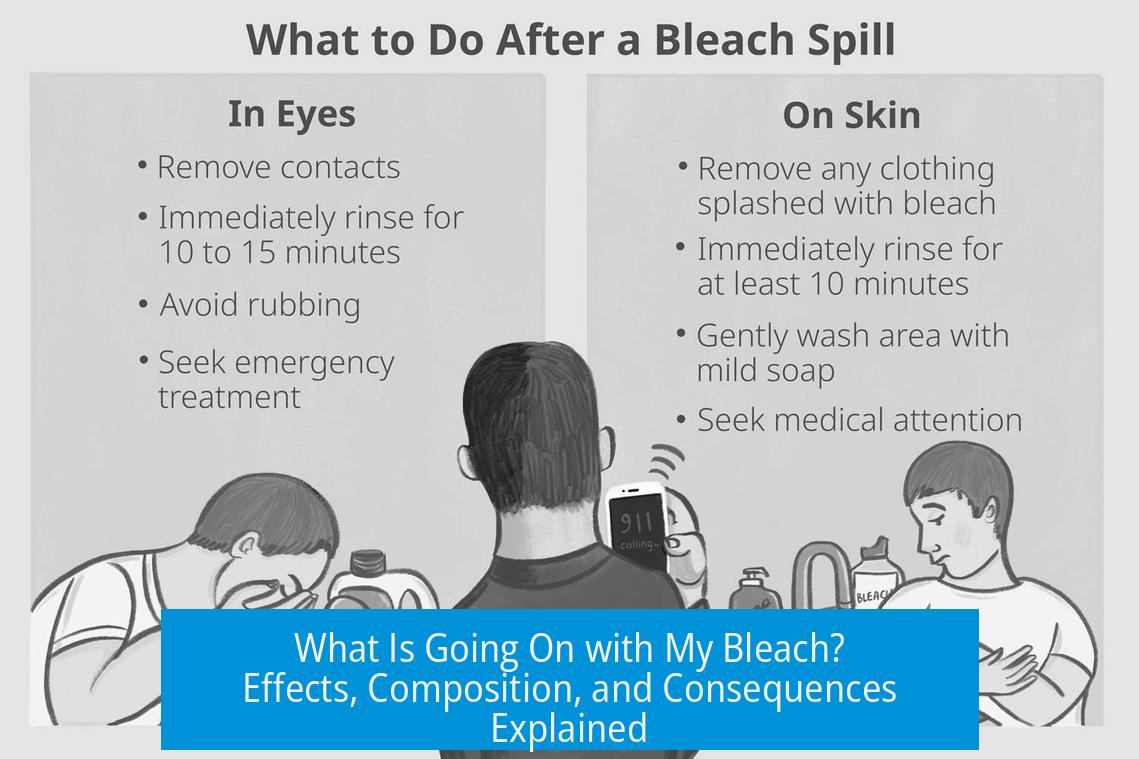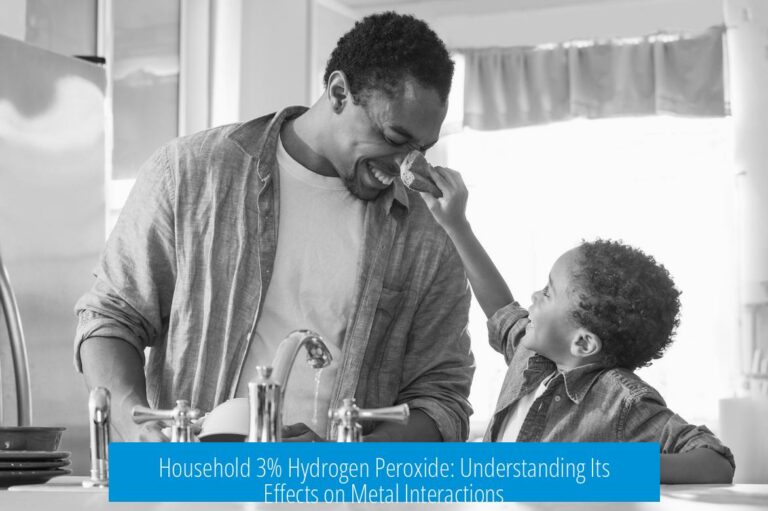What Is Going On with My Bleach?

Bleach can change in appearance and texture due to temperature fluctuations, chemical reactions, and additives. These changes often cause precipitates, thickening, or color shifts, yet usually do not affect bleach’s core functionality.
Effects of Cold Temperature on Bleach
Storing bleach in cold environments, especially below freezing, causes some compounds to crystallize and separate from solution. The precipitate often consists of sodium hypochlorite pentahydrate (NaOCl·5H2O), which forms pale yellow crystals.
- This solid melts near room temperature and starts decomposing internally, turning into a gelatinous slime.
- If bleach freezes, the salts can crash out but will usually dissolve again as the liquid warms.
- Freezing does not damage the bleach; cold storage can even preserve its strength.
For example, bleach kept at 0°F frequently develops a blob or gelatinous layer at the top, essentially harmless if mixed back in.
Chemical Composition and Precipitates

Bleach usually contains sodium hypochlorite with dissolved salts like sodium chloride and sodium chlorate.
- High temperatures (above 30°C) accelerate decomposition into NaCl and NaClO3, reducing bleach potency.
- Impurities in cheaper bleach brands increase solid residues or cloudiness.
- Precipitates may appear as white or yellowish solids, resulting from imbalanced storage conditions or product quality.
Bleach Thickening Agents and Low Splash Variants
Some bleach products are formulated with surfactants to reduce splashing. These thickeners, like cocoamine oxide, can gel or clump if not properly mixed.
- Low splash bleach tends to be more viscous and can appear gelatinous or form clumps upon pouring.
- Manufacturing inconsistencies or damaged seals can worsen this effect.
- These thickened bleaches still work but may alter application experience.
Visual and Functional Consequences
Visual changes in bleach, such as clumps, blobs, or slime, often raise concern but rarely indicate loss of function.
- It is advisable to avoid using clumpy bleach on colored fabrics, as concentrated precipitates may cause bleaching spots.
- Thickened bleach may pour unevenly but remains effective for disinfecting and whitening.
Key Takeaways
- Cold temperatures cause sodium hypochlorite salts to precipitate, reversible by warming.
- Impurities and storage conditions influence bleach clarity and stability.
- Low splash bleaches contain thickeners that may cause clumping or a gelatinous texture.
- Appearance changes usually do not impair bleaching effectiveness.
- Avoid applying clumpy bleach directly onto colored items to prevent spotting.
Why does my bleach have clumps or a gel-like texture?
Your bleach might be a low splash variety that contains thickening agents. These additives can cause it to gel or form clumps, especially if the bottle was poorly mixed or damaged during manufacturing.
Can cold temperatures affect my bleach’s appearance?
Yes. When bleach is stored in very cold conditions, it may form pale yellow crystals or precipitates. These dissolve again when the bleach warms to room temperature and can sometimes cause a slimy texture.
Is it safe to use bleach that has visible precipitates or clumps?
Clumps may still allow the bleach to work, but they can cause uneven bleaching. Avoid using it on colored fabrics as it may leave spots or discoloration.
Why does bleach sometimes lose its strong smell or look different?
Generic or low-cost bleaches often have impurities or additives that reduce the typical bleach odor and change its appearance. Exposure to heat or poor filtration can also cause decomposition, altering its look and smell.





Leave a Comment